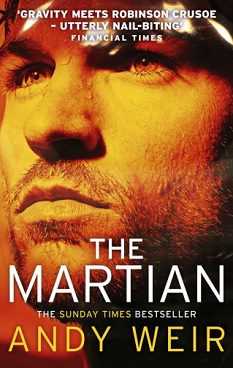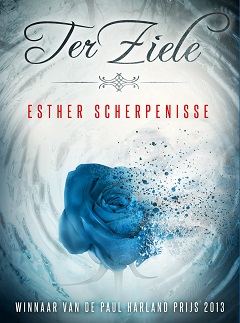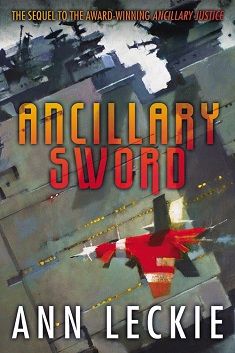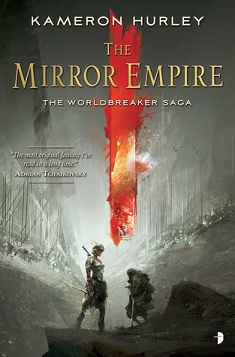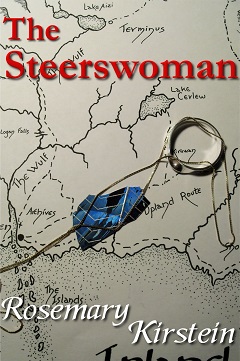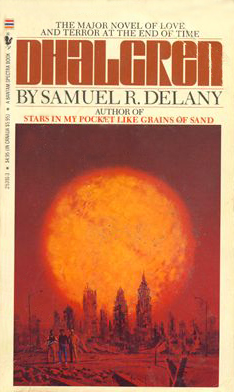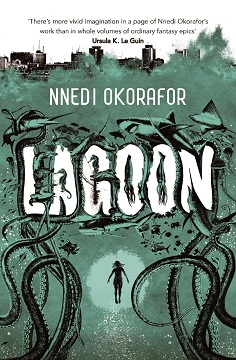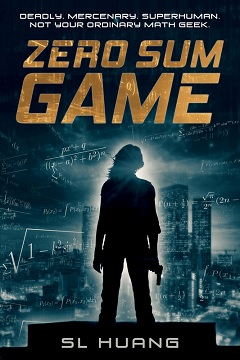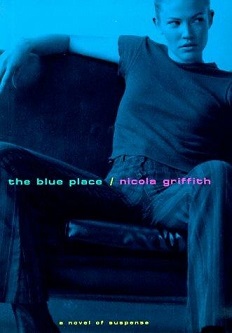
The Blue Place
Nicola Griffith
308 pages
published in 1998
I can’t remember the last time I’ve been as frustrated with the ending to a novel as I am with The Blue Place. I had seen it building up from at least halfway through the story, hoping that its seeming inevitable conclusion would be subverted at the last minute, the same way Nicola Griffith did earlier in the novel, with another plot point that seemed to descent into hardboiled cliché until it didn’t. But the ending wasn’t subverted, was hardboiled cliché, did upset me and yet fitted perfectly with what is an incredibly smart, engaging novel by a writer who has never gone for the easy route in her stories. So what’s going here? To try and find out will take some effort and certainly some spoilers.
Let’s start with Nicola Griffith herself first. Yorkshire born, she moved to Seattle to live with her wife, the writer Kelley Eskridge. Her first fiction was published in the late eighties, her first novel in 1993. So far she’s written six novels, of which I have now read half. As you may have guessed, The Blue Place is a hardboiled detective novel, her third, the first two being Ammonite and Slow River, both science fiction. she would go on to write two sequels to the The Blue Place, while her latest novel, Hild, is a historical novel about 7th century CE saint Hilda. So far all her novels have had lesbian protagonists and The Blue Place is no exception.
Aud Torvingen is an ex-cop now working as a security consultant in Atlanta, more for having something to do than for the money, as she’s independently wealthy. The daughter of an American father and a Norwegian mother, the ambassador to the court of St James, she was born and raised in the UK, as well as Norway, the country she identifies the most with. Tall, pale, blond and with “eyes the colour of cement” she comes across as supremely confident, strong and perhaps a little bit scary; more than a little bit in the right circumstances. That cover image above fits her to a t.
We’re in her head throughout the book, the story being told through her eyes. From the inside she seems as capable and competent as she looks from the outside, but it’s clear from the start she has her demons, is haunted by some of the thing she saw as a cop. It’s this that drove her out for a walk in the warm Atlanta evening, stepping out wide across a corner only to collide with another woman running out from the other side, also taking the corner wide. The sudden encounter last only a few seconds before Aud continues on her way, but barely a few steps later a huge explosions slams into her, coming from the direction she came out of and the woman had been running towards. Turning back, Aud is just in time to see a house go up in flames, the fire clearly started through the use of explosives.
Other than giving an eyewitness statement to the police Aud doesn’t plan to get involved, but the woman she ran into has different ideas. Not only did she report Aud as the possible arsonist to the police, but she then shows up in the gym Aud trains in. They spar, she asks Aud to go for a coffee and after a bit more sparring, verbal this time, Julia, as her name turns out to be, asks Julia to find out who had killed her friend in that explosion. It’s to her own surprise that Aud agrees to do so.
She doesn’t have to. Independently wealthy, Aud really only takes assignments because they’re interesting or because she feels obliged to take them, for one reason or another. She’s always in control, always aware of her own skills and powers, whether it’s safeguarding the daughter of a Spanish diplomat and giving her some self confidence or seducing baby dykes in nightclubs, yet she doesn’t know why she let Julia persuade her to take the case.
As readers who know how stories work and are well aware of the clichés of hardboiled detectives falling in love with their vulnerable clients, we do have some inkling of why Aud — so efficient, so controlled, so menacing — has an instinctive soft spot for Julia, but it takes a long time for Aud herself to find out. Julia breaks through her defences, touches a part of her she’s barely aware exists. This is a hardboiled cliché, but it’s so well done, evolves so naturally that you don’t mind this. Aud’s slowly falling in love with Julia and the way their relationship develops is the heart of the book.
As for the reason that Aud is so controlled and menacing, the reasons for her demons, that looks for a long time as it will be a hardboiled cliché as well, that of the overwhelming trauma in the detective heroine’s past that has caused her to close up and built a shell around herself. Basically I was afraid that Aud had been raped at some point. Rape and sexual assault are of course things that far too many women have to deal with in real life, but in fiction this has been overused as a cheap way to gain sympathy for your protagonist, or give her some motivation for revenge (in the worst case, give her boyfriend or lover reasons to seek revenge). But I trust Nicola Griffith and she didn’t disappoint me. The reasons for Aud’s personality being the way it is are partially rooted in one particular accident in her past, but it isn’t rape.
Actually what Aud found out in that incident was that she liked violence and the control she has over it, her power to hurt or kill, the feeling she gets when it all goes well and which the title refers to:
It’s the adrenalin. When everything slows down and my muscles are hot and strong and the blood beats in my veins like champagne I feel this vast delight. Everything is beautiful and precious, and so clear. Light gets this bluish tinge and I feel like a hummingbird amongst elephants, untouchable.
It’s this capability for controlled violence that gives Aud some (much) of her confidence. And it was only when I read Aud’s paean to violence that I realised that her personality, her background, her competence, including her ability to either pick up or comfort women, all basically make her Batman. It’s why that cover image fits her so well; she is very “butch” in a way that feels completely natural to her character, uber competent without ever getting in Mary Sue territory and supremely confident in her confidence.
Which is where the tragic ending comes from, as she and Julia visit Norway to let Aud show her her birth country and family after they think they’ve put all dangers behind them and resolved Julia’s case. This is when The Blue Place really sparkles, but the idyllic doesn’t last, as the people after Julia finally catch up with her and she’s gunned down in front of Aud’s eyes. She’d been too confident, too sure that her knack for violence could save Julia that she gambles, a gamble that ends with Julia’s death.
As said, I saw this coming from the moment that Aud and Julia started becoming a couple and I was hoping against hope that Nicola Griffith would subvert it in some way, would not kill Julia. But she didn’t and despite the fact that I saw it coming, it still hit like a gut punch. And that’s because despite it superficially adhering to the cliché of getting the detective’s girlfriend killed as motivation, this death has consequences, isn’t forgotten by the next scene. Aud is devastated by her death, as we’ll see in the next book in the series, Stay.
In essence then, Nicola Griffith took the hardboiled story and made it real. But that still doesn’t make me like seeing Julia getting killed.
